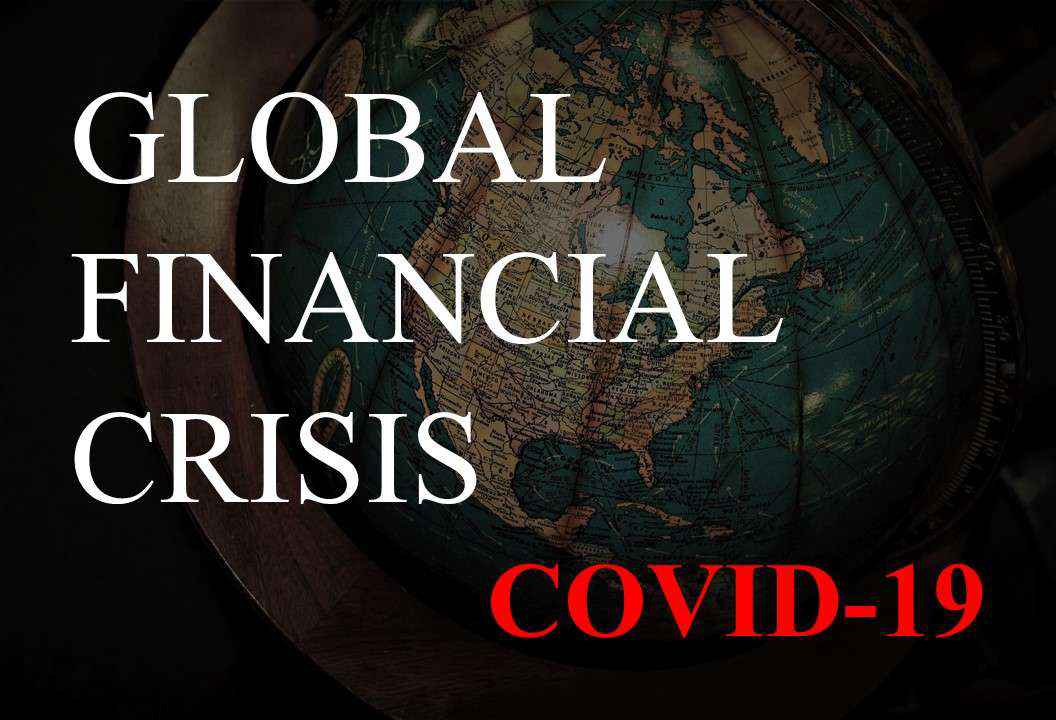
The Covid-19 pandemic has deeply impacted businesses, who may avoid showing signs of stress at the moment due to moratorium allowed by the Central Bank. But with interest adding up, many businesses will find it tough to repay the loans, especially when overall demand is expected to remain weak with the customers postponing discretionary purchases.
The past trends show us that economies take good period of time to recover from a crisis. To recover from the global depression, biggest economies from then took up to 25 years. We saw the fall of big players in the market during a crisis. The best example would be “Lehman Brothers”, a global financial services firm founded in 1847. Before filing for bankruptcy in 2008 (Global Financial Crisis), Lehman was the fourth-largest investment bank in the United States.
Some “Crimeless Victims” of these crises are -
- Students who come into the job market during crisis never makes up the lost ground
- Enormous Human Cost
- Unemployment
Crisis has always continued to happen. We can’t prevent them that’s for sure. To tackle such crisis, the governments have always used Fiscal Policy and also in a combination of monetary policy to inject liquidity into the economy, so the fall is cushioned.
Like in 2007-08 the US had to inject liquidity into the economy so to adjust the monetary base it started to print more money. In general sense, we would assume that this would cause a lot of inflation, but this was not the case. The money just sat there! The consumer price index was unaffected. Similar case was noticed in Japan in 2002-04. But this might not have been the case for India.
With the increasing debt structure of every economy is it sustainable for these economies? The big question is how big a debt is unsustainable? Japan has a debt that’s 200% of it’s GDP. Japan’s interest rates are very low. But Japan is one of the dominant players in the Globe. They are having a sustainable development.
The biggest challenge for economies specifically the BFSI sector is having the risk of BANK RUN. A bank run is a cyclical process where anxieties over a bank’s instability cause large groups of people to withdraw their money, thereby making the bank more and more unstable. In India, the consumer’s confidence plays a very big role here. Crisis will happen, what can we do? We can’t prevent them but can make them much less serious so if there is a bump on the road, there isn’t going to be a fatal crash. We can build a system that has enough shock absorbers. Over the years, the BFSI sector has come up with such shock absorbers to tackle Bank Run. Such instances are:
- Ensures that bank customers are given deposit insurance
- Introducing the concept of term deposit, where the customers forgoes their right to withdraw their deposit at any time in exchange for holdings at a fixed interest rate.
- For the stock market introducing Upper and Lower Circuit to stop panic transactions.
The accumulation of NPAs in India has been a major concern on which the government and central bank have been working upon. But with the ongoing crisis in hand, the underlying crisis which is NPA gets covered up. As more liquidity gets injected and moratorium period is extended, businesses right now aren’t able to see their actual situation.
We have also seen how panicky people are here. When nationwide lockdown was implemented, all major indices fell. In India, the major indices were seen in a bull run. But people panicked. Even Bank Runs are the financial expression of pure panic. Bank Runs will continue to be a risk for as long as human beings are panicky and erratic. What we can do is put measures to mitigate them, so they won’t be nearly as devastating as in prior instances.
